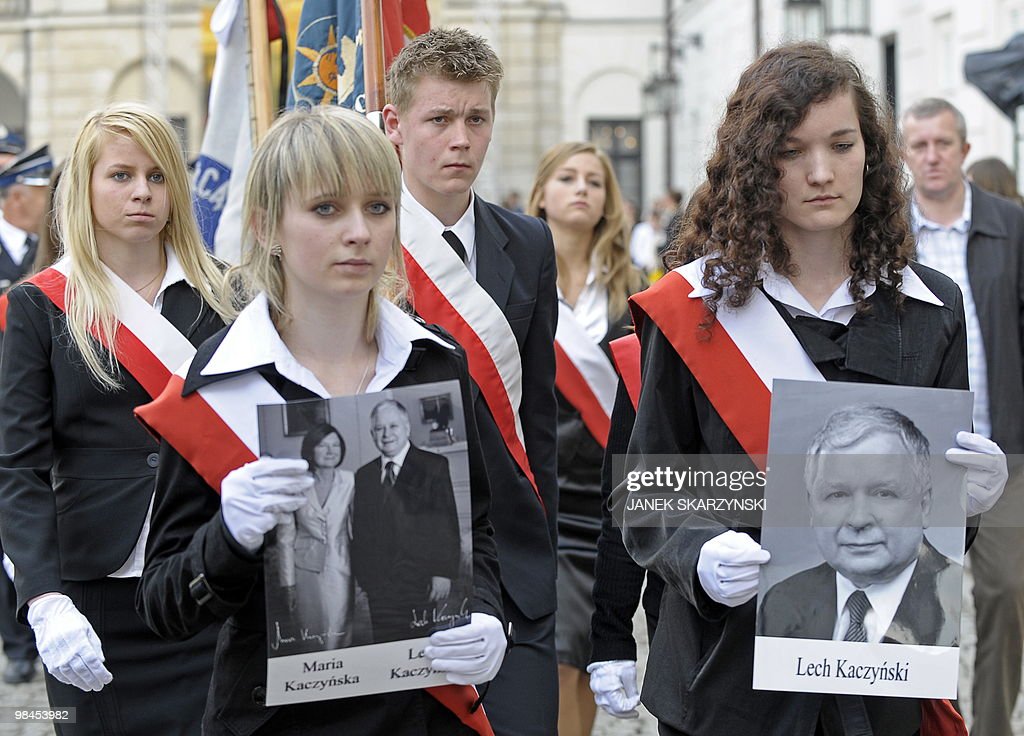Strzyzow Poland
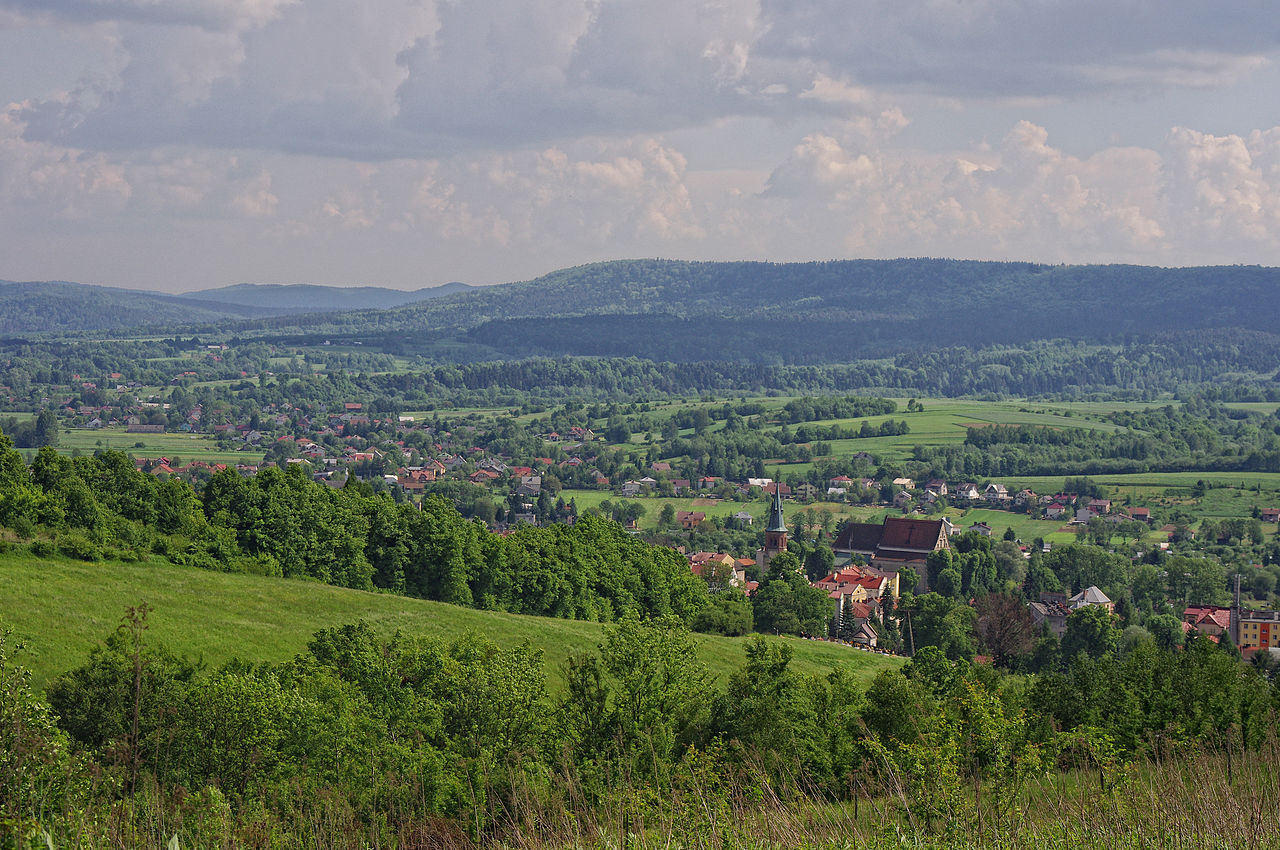
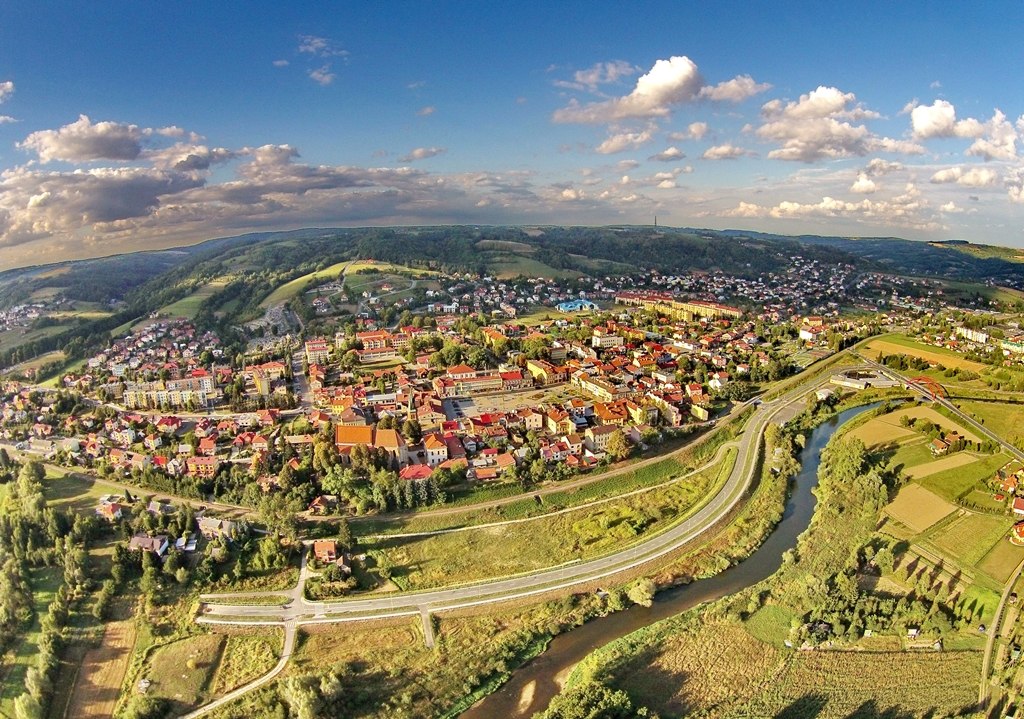
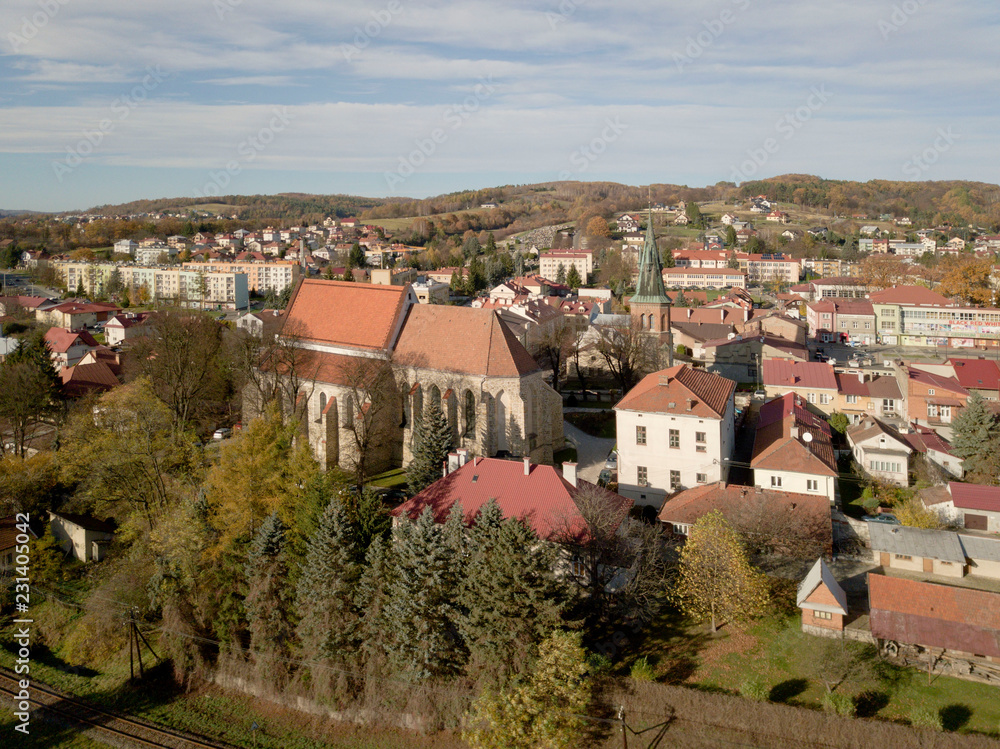
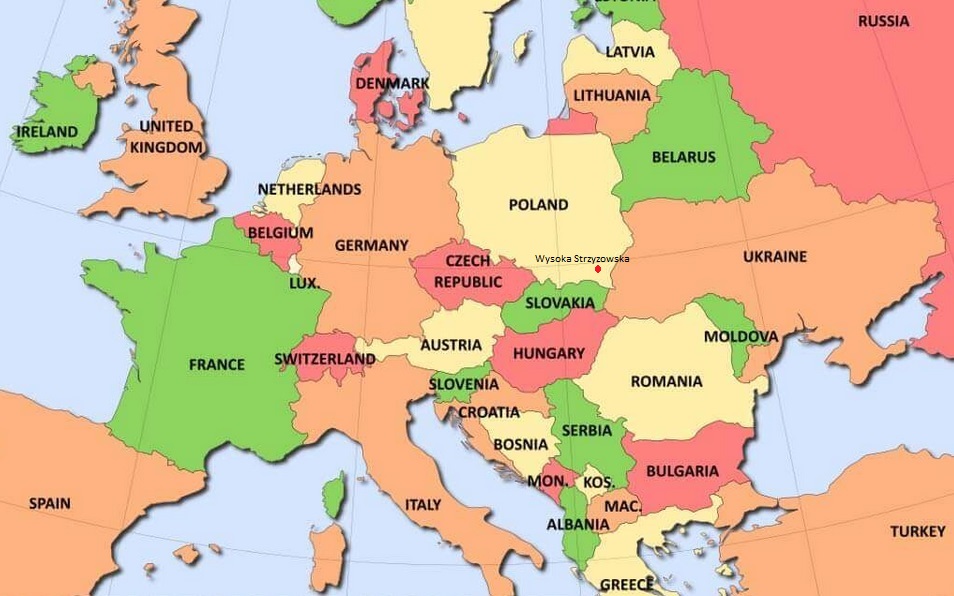
Strzyzow is a town in Strzyzow County, Subcarpathian Voivodeship, Poland, along the Wislok river valley. Strzyzow is one of the towns within the Strzyzowsko-Dynowskie Foothill, located 160 kilometres (99 miles) south-east of Krakow and 30 km from Rzeszow. According to statistics from June 30, 2010 from GUS (the Central Statistical Office in Poland), there are 8,782 inhabitants.
The history of Strzyzow dates back to the 9th century, to the times of the Wiślanie tribe (Vistulans) when a legendary pagan Vistulan prince is said to have built a watchtower by Stobnica and Wislok river called "Strzezno", for the defence of eastern borders of his land. In 1279, in Buda (Hungary), the Pope's legate named Bishop Philip confirmed the abbot's right to take a special tax (a tithe) from Czudec and Strzyżów.
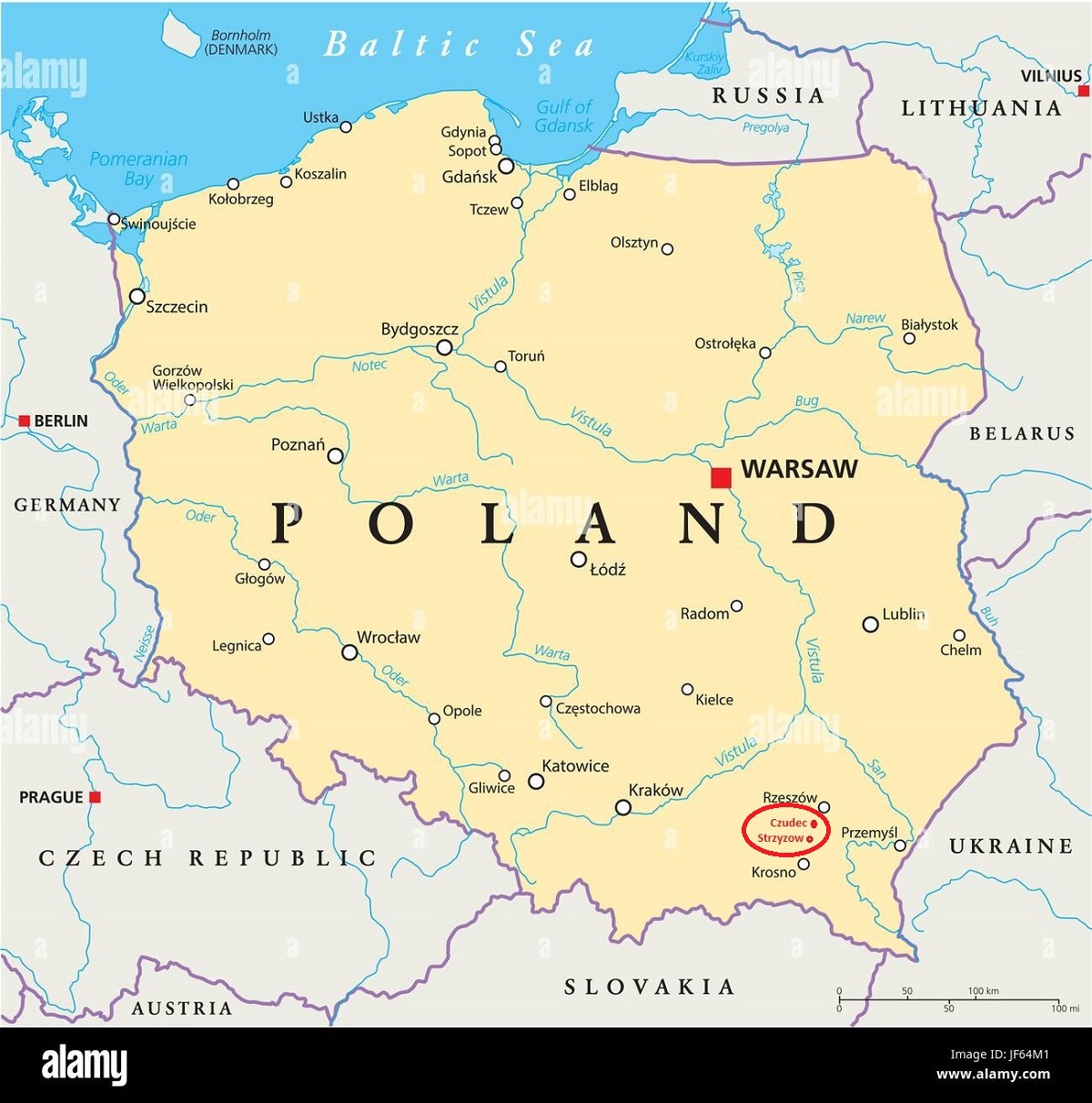
Strzyzow obtained city rights between 1373 and 1397. The town was surrounded by a soil defence embankment (Zawale Street still exists and it relates to that embankment). These were the times of town splendour and its development, craft, farming and trade contracts with other towns in what is now Poland, Hungary and Slovakia. In 1373, Strzyzow came into the hands of a knight, Wojtko, and later Pakosz and his sons Jan and Mikolaj. With time the town changed its owners. On 15 August 1769 the Bar Confederates made an oath in front of the painting of Immaculate Mary in Strzyzow, in the presence of Casimir Pulaski and Franciszek Trzecielski. After this event, that image appeared on the Confederates' Banner. In 1796 the foundation of secular school strengthened town development as well as royal permission for organisation of four fairs a year from 1684. Following the partitions of Poland in the late 18th century, the town became part of Austrian Galicia.
Throughout its history Strzyzow suffered from as many as nine fires, the last one in 1895 caused the populace to build buildings solely from brick. By 1880 Strzyzow was inhabited mostly by Poles, but there were also significant minorities such as the Jews and the Germans. In 1918, the town returned to Poland (Second Polish Republic). In 1942, all of the Jews were rounded up and sent to German concentration camps. The 1960s and 1970s marked the beginning of industrialisation; many factories, companies, schools and cultural centres were founded in the town's vicinity.
